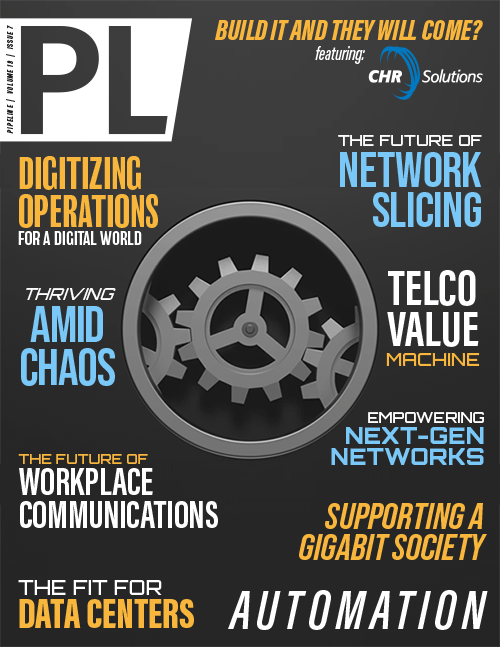Empowering Next-Gen Networks
with No-code Orchestration
Dynamic provisioning
Dynamic provisioning is the efficient use of network resources. In general, the virtualization of network functions and distributed architectures, such as RPD or small cells, enables virtual resources as required (vCCAP, virtual routers, virtual switches, and more) and, in turn, releases them when demand decreases.
Autonomous networks
Networks are no longer passive and are increasingly intelligent. They can collect and correlate metrics based on data or events and trigger optimization actions like self-healing and self-optimization.
NaaS
With virtualization, networks add the ability to expose certain functionalities as a service and provide an interface to be consumed by any platform. By exposing the network as a service, a variety of new and powerful business models are enabled, including the ability for end users to configure and operate the network through APIs.
Automation and service availability enable operators to develop network capabilities such as dynamic provisioning, autonomous networks, and network as a service (NaaS). These capabilities provide the benefits of operational excellence, OPEX reduction, and faster time to market.
Benefits of a no-code orchestrator
One of the most important benefits of leveraging no-code with orchestration is agility. The use of graphical tools significantly simplifies the effort required to create or modify business processes, which implies that launching a new service is measured in terms of hours rather than weeks. Hyper-specialized development resources are no longer required, but instead a trained user performs the modeling.
Additionally, CSPs can avoid vendor lock-in. A no-code orchestrator allows CSPs the ability to break this dependency by adding support for multiple vendors for a specific technology (as in SD-WAN). This is accomplished through configuration. It is not necessary to change the orchestrator code itself.
No-code orchestrators are designed to connect any element, whether software or hardware, with a communication interface and support multiple out-of-the-box protocols. This guarantees that integration with future platforms and network elements is simple and straightforward, leveraging industry standards (TMF, among others).
We see no-code orchestration systems as the future in that they provide outstanding flexibility and agility in creating business processes. Moreover, they are necessary tools to support high user demand for new products, delivered “instantly.” Creating service-oriented automation processes with a no-code platform is a snap and, in many cases, only a few clicks away. These platforms provide a wide range of tools that allow users to orchestrate and integrate very complex activation flows, multi-vendor network devices and virtual services without writing a single line of code and without really having to engage with the underlying details of the network protocols.
Orchestration capabilities must evolve to handle the end-to-end service lifecycle, collecting information from the network and automatically acting accordingly to dynamically adapt resources to demand and automatically optimize configuration.
This new paradigm of self-adaptive networks and zero-touch automation will be essential to support the scale of 5G networks and massive deployments of IoT.



















